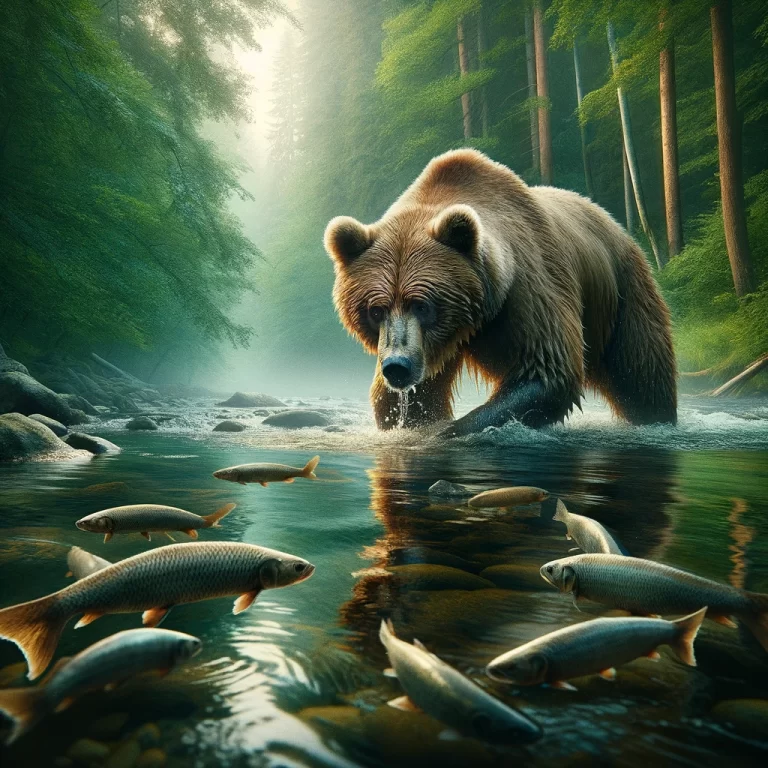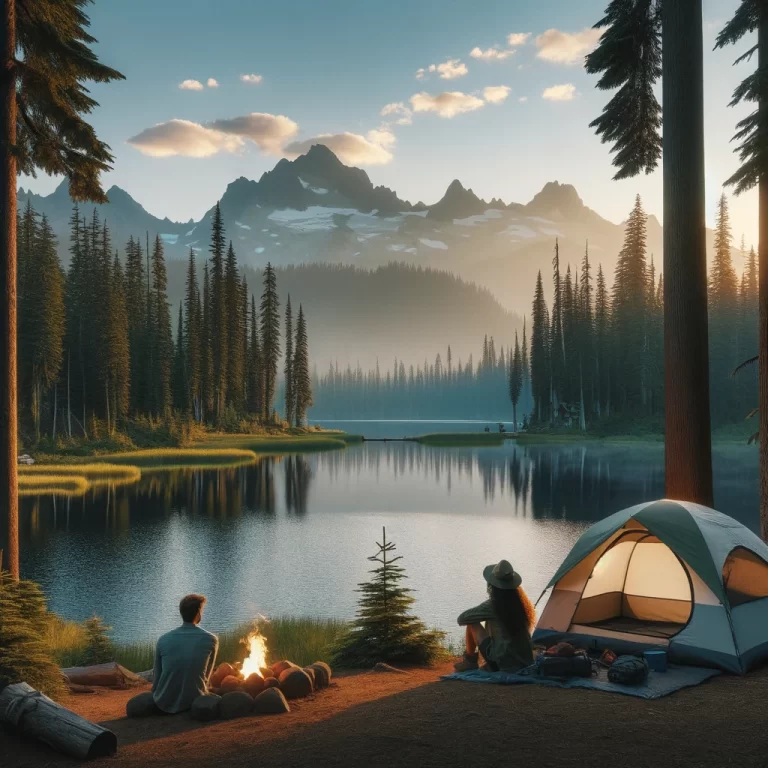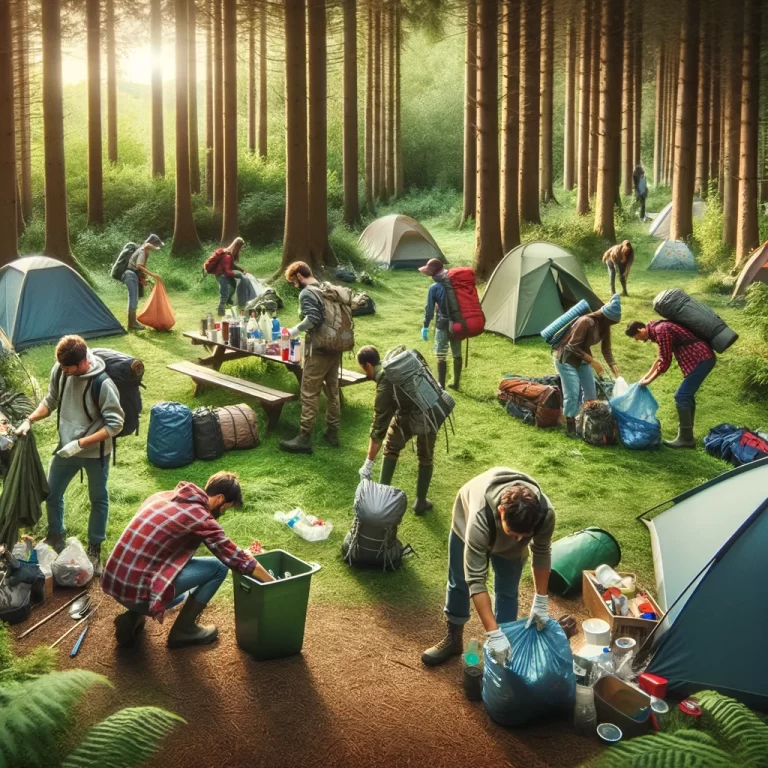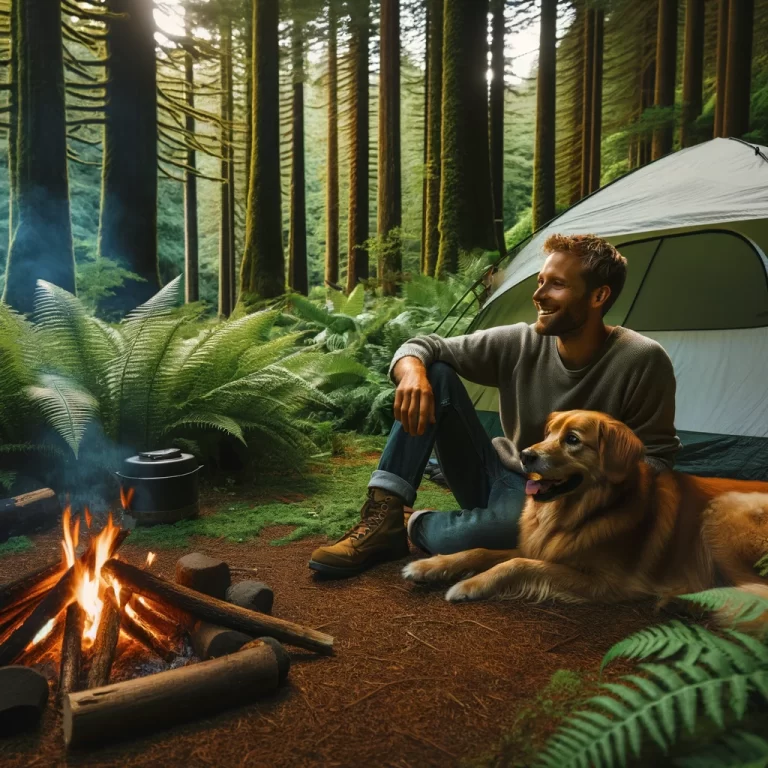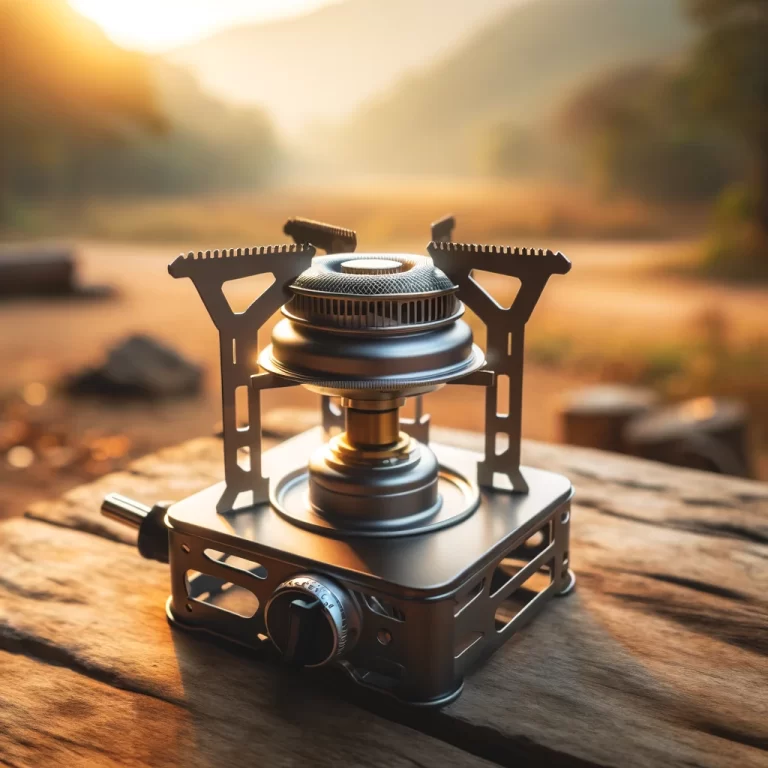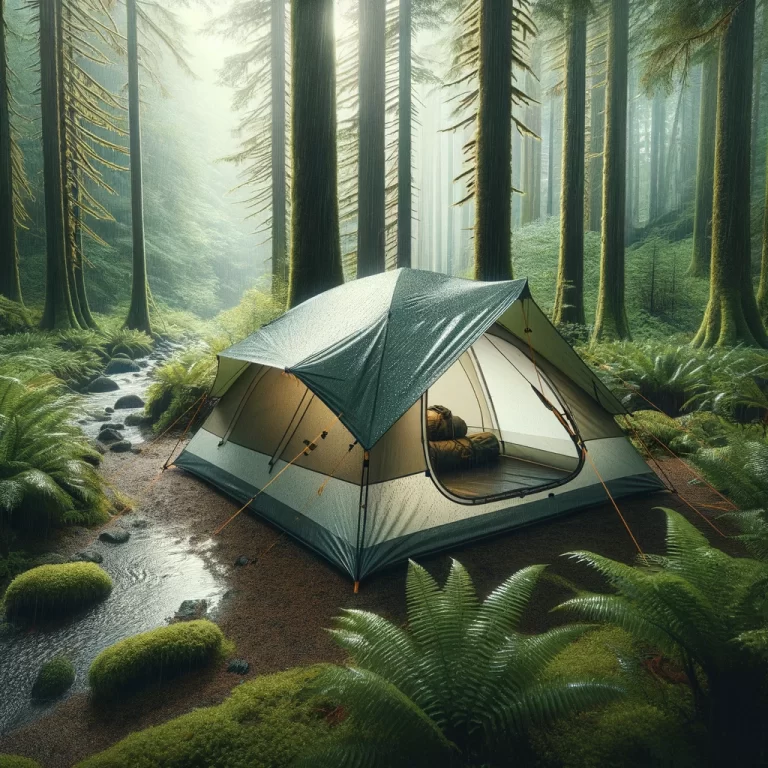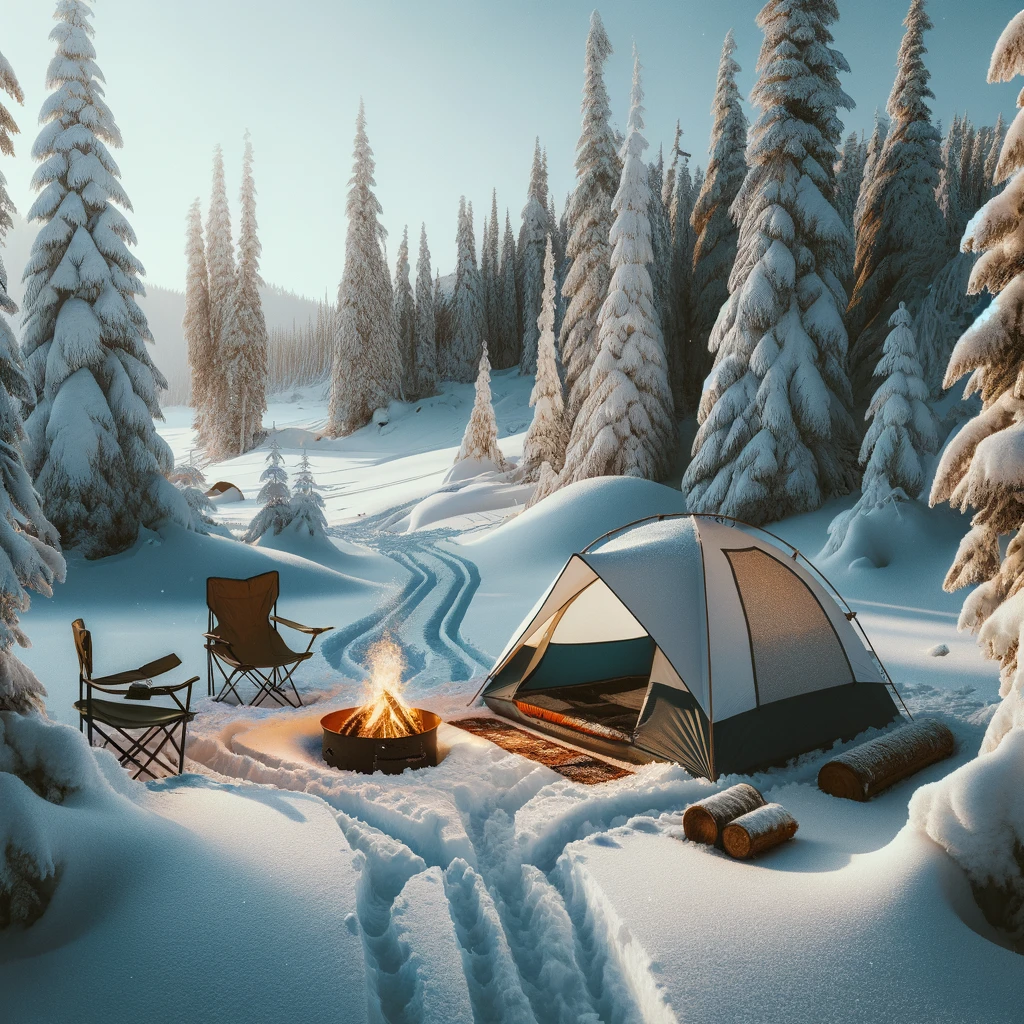
Winter camping in the Pacific Northwest is an experience like no other. The serene beauty of snow-covered landscapes and the crisp winter air can make for an unforgettable adventure. However, camping in winter conditions, especially in a region known for its wet and cold weather, requires extra preparation and caution. In this blog post, we’ll cover essential tips and guidelines to help you prepare for a safe and enjoyable winter camping trip in the Pacific Northwest.
Understanding the Climate
The Pacific Northwest is known for its variable winter weather, which can include heavy rain, snow, and freezing temperatures. Prepare for the worst-case scenario and keep an eye on the weather forecast in the days leading up to your trip.
Choosing the Right Campsite
Look for a campsite that will offer some protection from the elements. Avoid areas at risk of avalanches or falling branches. Consider accessibility, as some roads and trails may be closed or difficult to navigate in the winter.
Essential Gear for Winter Camping
1. Four-Season Tent:
Invest in a good quality four-season tent that can withstand strong winds and heavy snowfall.
2. Sleeping Bag and Pad:
Your sleeping bag should be rated at least 10-15 degrees lower than the coldest temperature you expect to encounter. Pair it with an insulated sleeping pad to protect against the cold ground.
3. Appropriate Clothing:
Dress in layers to manage body temperature. Include moisture-wicking base layers, insulating layers, and a waterproof and windproof outer layer. Don’t forget warm gloves, a hat, and waterproof boots.
4. Cooking Equipment:
Use a stove that performs well in cold weather. Liquid-fuel stoves are a good choice for winter conditions.
5. Navigation Tools:
GPS devices, maps, and compasses are essential, as trails can be harder to follow in the snow.
Food and Hydration
Bring high-calorie, easy-to-cook foods. Your body will need more calories to stay warm. Hydration is also crucial, even in cold weather. Use insulated water bottles to prevent freezing.
Safety and Emergency Preparedness
1. Inform Someone:
Always let someone know your plans, including where you’ll be camping and when you plan to return.
2. Emergency Kit:
Pack a winter-specific emergency kit, including a first-aid kit, extra food, a whistle, a fire starter, and an emergency shelter.
3. Knowledge of Winter Hazards:
Understand the risks of hypothermia and frostbite. Know the signs and how to treat them.
Building a Winter Campfire
Ensure you know how to safely build a campfire in winter conditions. Bring waterproof matches and fire starters, as finding dry kindling and wood can be challenging.
Leave No Trace
Even in winter, the principles of Leave No Trace apply. Pack out everything you bring in, including all trash.
Enjoy the Unique Experience
Winter camping can be challenging, but it’s also incredibly rewarding. The peacefulness of a winter forest and the beauty of the Pacific Northwest’s landscapes covered in snow are experiences that are truly unique.
Preparation is key to a successful winter camping trip in the Pacific Northwest. With the right gear, knowledge, and respect for the environment and weather conditions, you can have a safe and enjoyable experience. So embrace the challenge, enjoy the beauty of winter, and happy camping!
